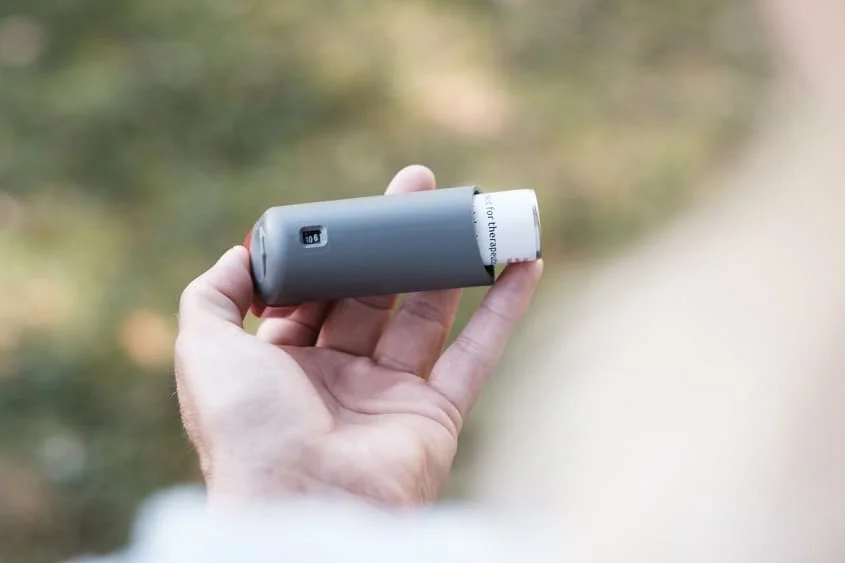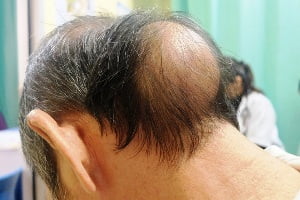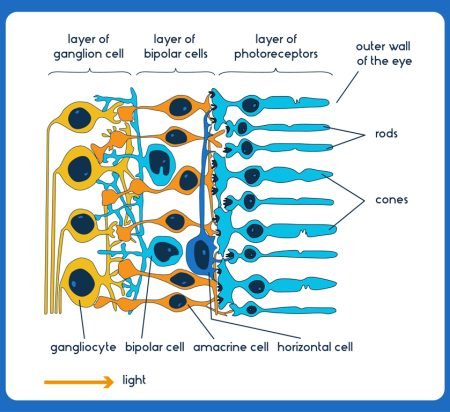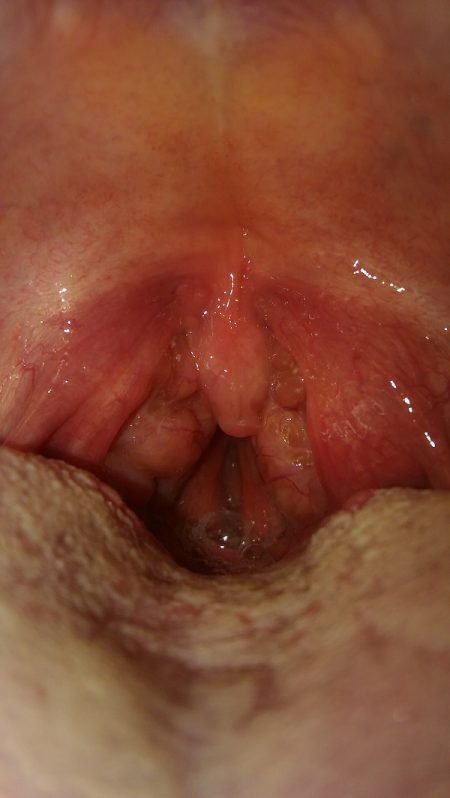Avoiding Childhood Asthma Triggers: 5 Ways To Help
- Updated on: Feb 11, 2025
- 2 min Read
- Published on Feb 11, 2025

Childhood asthma can be troublesome to live with, depending on the severity of the condition and how well-managed it is. As a parent, helping your child avoid triggers and asthma attacks is a priority to ensure they can breathe properly and aren’t struggling unnecessarily.
This post is going to run through some effective ways to help your asthmatic child avoid attacks.
Know Their Triggers
It is all too easy to say to avoid tiger triggers; most parents will be trying to do this on a daily basis. But understanding their triggers, how they react to different things, and what the signs are indicating their asthma isn’t under control is a great place to start. Take the time to monitor your child, note down changes in their behavior, breathing, etc., around different and known triggers, learn to notice the signs something is a miss, and then you can implement more effective control to eliminate what you can from your home primarily and their life as much as possible.
Use A Dehumidifier
Having low humidity at home can be massively beneficial, and a dehumidifier can be instrumental in achieving this. Your doctor or expert Asthma and Allergy Associates can enlighten you as to whether this is beneficial for your child or not, but if you notice they struggle in damper climates, it may be worth trying it at home to see if it makes any difference.
Remove Allergens
Again, saying to clean more regularly and thoroughly at home isn’t all that helpful, as you need to know how to clean the home to help you make it healthier for your child. From the cleaning chemicals you use to open the windows for fresh air on high pollen days and the fibers used to clean, all of these can impact your child’s asthma and make things worse than need be.
HEPA filters are highly efficient filters that can trap even the smallest particles, including allergens. Using these filters can help prevent allergens from circulating in your home, reducing potential asthma triggers. Pay attention to areas that can trap allergens, such as soft furnishings, mattresses, and sofas, and clean them thoroughly.
Use allergy-friendly products, such as hypoallergenic cleaning solutions and dust mite-proof covers for mattresses and pillows, to reduce contaminants in your home. These products can help you avoid in-home triggers and keep your home fresher. Also, consider the benefits of an air purifier, which can further improve indoor air quality.
Maintain a Stable Temperature
When cold air can trigger an asthma attack, maintaining a stable temperature becomes a source of comfort. Whether it’s setting your HVAC to a comfortable level or having your child wear a mask to reduce the shock of cold air, these measures can help ward off breathing difficulties, providing an extra layer of protection.
Breathing and Relaxation Techniques
Even with the best care, sometimes, things can happen outside of your control. This is where additional tools come in. Teaching your child breathing and relaxation techniques can give them a sense of control when they struggle. It’s an extra tool in your box, giving you peace of mind that your child has the skills to manage their asthma both at home and away.












